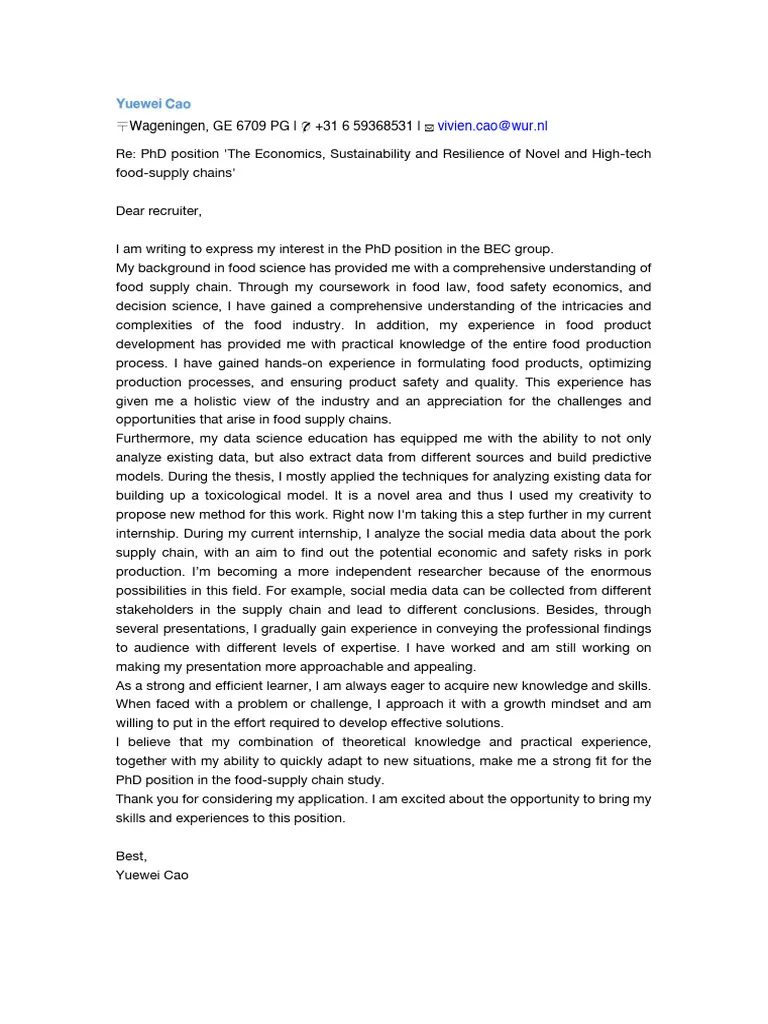What is a PhD Cover Letter
A PhD cover letter is a crucial document accompanying your application for a Doctor of Philosophy program. It serves as your first, and often most important, introduction to the admissions committee or potential supervisors. Unlike a resume or CV, which provides a factual overview of your qualifications, the cover letter gives you the opportunity to articulate your motivations, showcase your personality, and demonstrate your suitability for the specific program and research environment. It’s your chance to go beyond the surface and explain why you are the perfect fit for their program, highlighting your research interests, academic achievements, and career aspirations in a compelling narrative. A well-crafted cover letter can significantly increase your chances of getting accepted, as it offers a glimpse into your potential as a future researcher and scholar.
Why is a PhD Cover Letter Important
The importance of a PhD cover letter cannot be overstated. It’s more than just a formality; it’s a powerful tool for shaping the first impression you make on the admissions committee. A strong cover letter allows you to contextualize your experiences, making connections between your past and your future research goals. It shows that you’ve thoroughly researched the program, understand its requirements, and have a clear vision for your academic journey. Furthermore, a well-written cover letter demonstrates your communication skills, critical thinking abilities, and passion for your chosen field. This letter is your chance to stand out from other applicants, humanizing your application and making your unique contributions to the program evident. A well-structured, personalized cover letter can set you apart from candidates with similar qualifications, making it an indispensable part of a successful PhD application.
Key Components of a PhD Cover Letter
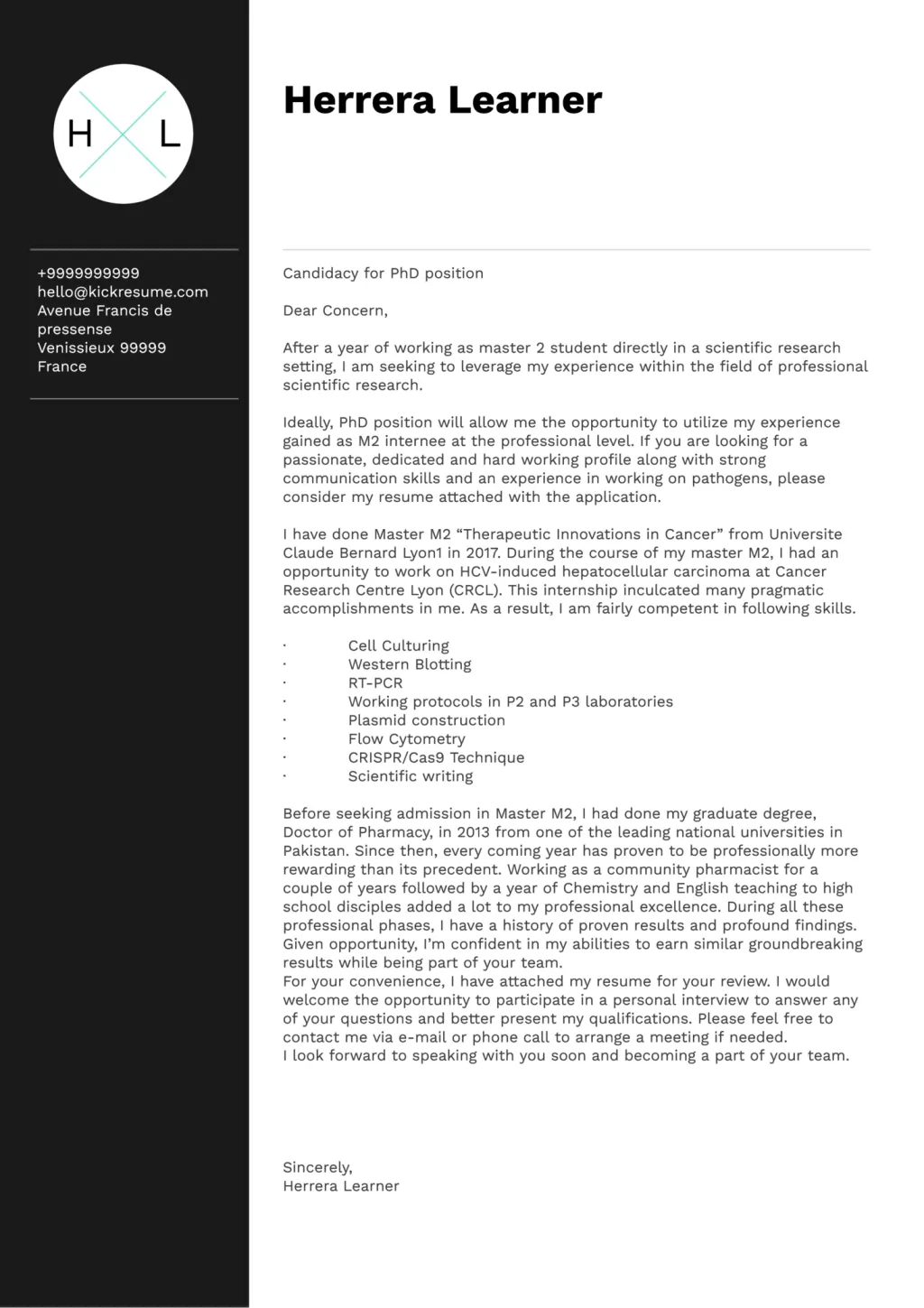
Crafting a compelling PhD cover letter involves several key components, each contributing to a comprehensive representation of your qualifications and aspirations. These elements work together to showcase your suitability for the program and your potential as a researcher. Starting with the essentials and moving toward the persuasive, each section should be carefully considered and tailored to the specific program you are applying to, ensuring clarity and impact. This structured approach will guide you in creating a cover letter that not only meets the basic requirements but also significantly enhances your chances of acceptance.
Your Contact Information
Begin with your full name, address, phone number, and professional email address at the top of the letter. This is crucial for easy communication. Ensure your email address is professional.
The University and Professor
Address the letter to the specific professor or admissions committee if known. Research and use their correct title and name. If not specified, address the letter to the admissions committee of the relevant department.
The Opening Paragraph
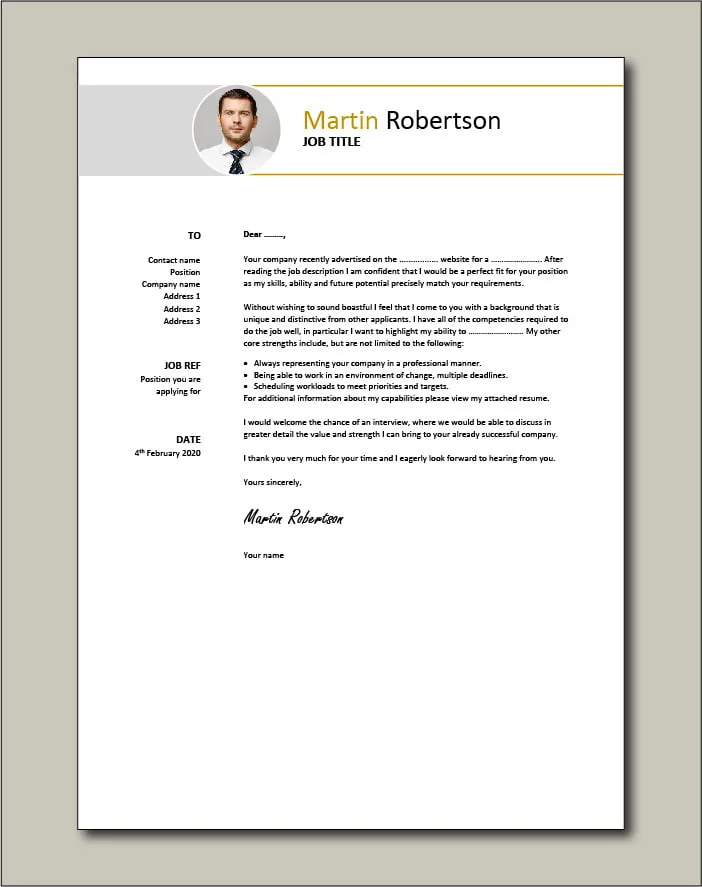
Start with a strong opening that captures attention. Clearly state the purpose of the letter the position or program you are applying for. Briefly mention how you learned about the opportunity and why you are interested.
Highlighting Your Academic Background
Provide a brief overview of your academic journey. Mention your degrees, the institutions you attended, and your major. Focus on the academic experiences that are most relevant to the PhD program you are applying for. Emphasize any coursework, projects, or theses that align with the program’s research focus.
Showcasing Research Experience
Detail your research experiences. Describe any research projects you’ve been involved in, including your role, responsibilities, and accomplishments. Quantify your achievements whenever possible (e.g., “published three peer-reviewed articles”). Explain the methodologies you used and the impact of your work. This is a key area to demonstrate your ability to conduct research.
Demonstrating Skills and Achievements
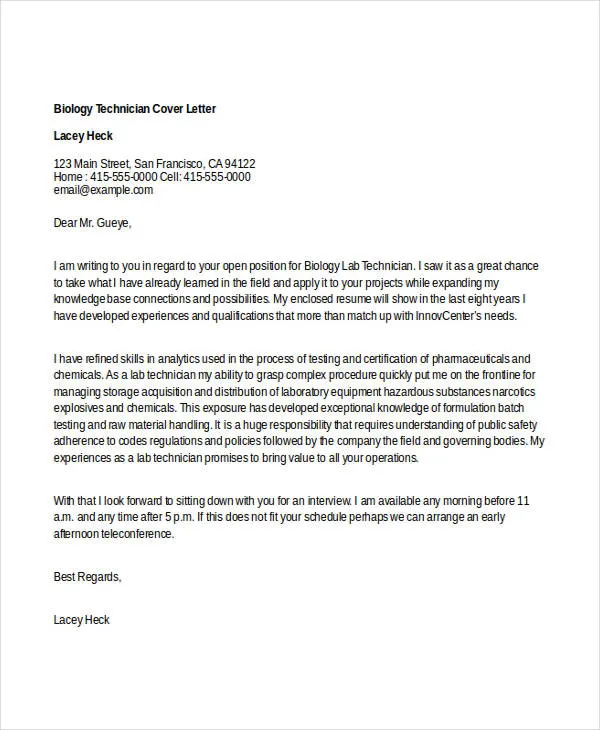
Highlight skills and achievements that are relevant to the PhD program. This could include technical skills (e.g., programming languages, lab techniques), soft skills (e.g., communication, teamwork, problem-solving), and any awards or recognitions you’ve received. Use examples to illustrate your skills and how they would be beneficial to the program.
Aligning with the Research Group
Demonstrate that you’ve researched the program and the faculty. Mention specific faculty members whose research interests align with yours. Explain how your research interests and goals align with the program’s focus. Show that you understand the program’s strengths and how you can contribute to it.
Expressing Enthusiasm and Goals
Convey your enthusiasm for the program and your career goals. Explain why you are interested in pursuing a PhD and what you hope to achieve. Briefly describe your long-term career aspirations and how the program will help you reach them. Show that you are motivated, driven, and have a clear vision for your future.
The Closing Paragraph
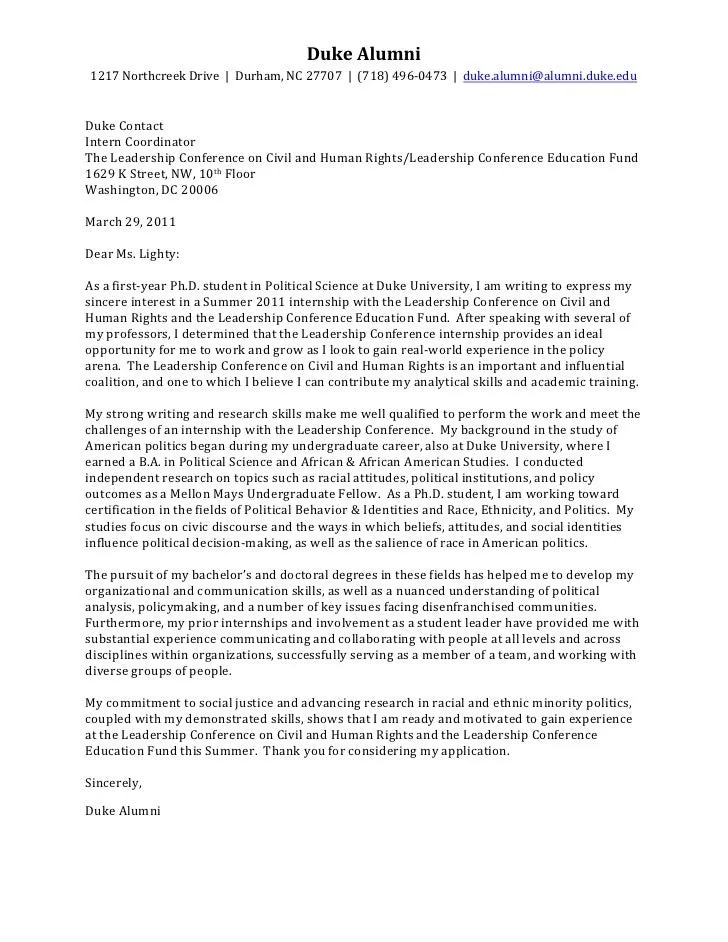
Thank the reader for their time and consideration. Reiterate your interest in the program and your availability for an interview. Include a call to action, encouraging them to contact you if they have any questions.
Formatting and Presentation
The formatting and presentation of your cover letter are as important as its content. A well-formatted letter is easy to read and reflects your professionalism and attention to detail. Make sure your cover letter looks polished and adheres to standard academic writing conventions.
Font and Style
Choose a professional and readable font, such as Times New Roman, Arial, or Calibri. Use a font size of 11 or 12 points. Ensure consistent formatting throughout the letter, including spacing, margins, and headings. Avoid using excessive bolding, underlining, or italics unless necessary for emphasis.
Length and Structure

Keep your cover letter concise, ideally no more than one page. Use a clear and logical structure with distinct paragraphs. Use headings and subheadings to break up large blocks of text and make it easier to read. Ensure a smooth flow between paragraphs, connecting your ideas logically.
Proofreading and Editing
Thoroughly proofread your cover letter for any grammatical errors, typos, or spelling mistakes. Have a friend, mentor, or career advisor review your letter for feedback. Ensure the language is clear, concise, and professional. Check the formatting and ensure it is consistent throughout the document. Proofreading is the final step in making sure the letter presents you in the best light, so don’t skip it.
Common Mistakes to Avoid
Avoiding common mistakes is critical to creating an effective PhD cover letter. These errors can detract from your qualifications and reduce your chances of getting accepted. By carefully reviewing your letter and addressing these potential pitfalls, you can increase your chances of success.
Generic Letters
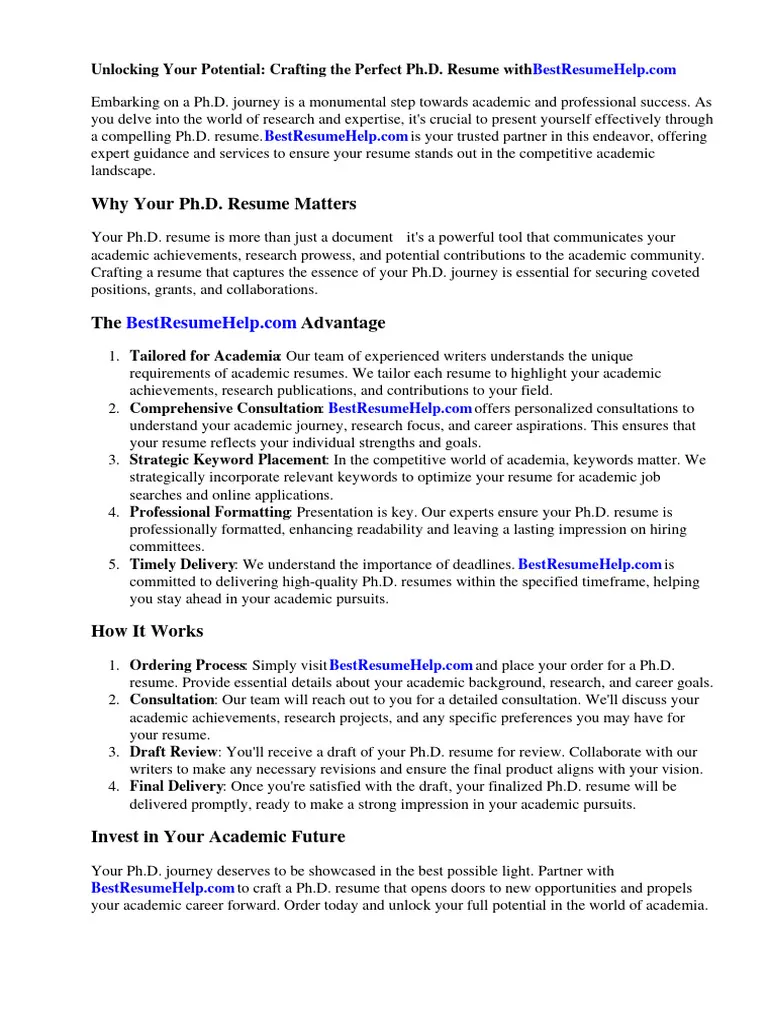
Avoid using a generic cover letter that can be sent to multiple programs. Customize your letter for each application. Tailor the content to the specific program and faculty. Demonstrate that you’ve researched the program and understand its requirements. Generic letters show a lack of interest and make a poor impression.
Typos and Grammatical Errors
Typos and grammatical errors undermine your credibility and attention to detail. Proofread your letter carefully before submitting it. Use spell-check and grammar-check tools. Have someone else review your letter for errors. Errors can make it seem like you don’t pay attention to detail.
Lack of Research
Failing to research the program and faculty is a major mistake. Show that you have a clear understanding of the program’s research focus. Mention specific faculty members whose work interests you. Explain how your research interests align with the program’s. Lack of research indicates a lack of genuine interest.
Ignoring Instructions
Always follow the application instructions provided by the university. If there is a specific format or length requirement, adhere to it. Not following instructions demonstrates a lack of attention to detail. Make sure to adhere to all the requirements in the application.
PhD Cover Letter Example Template
While the specifics will vary depending on the program and your background, the following template provides a general structure for a PhD cover letter. Remember to personalize the template with your information and tailor it to the specific program you are applying to. Use this as a guide, not a rigid format.
- Your Contact Information
- Date
- Professor/Admissions Committee Contact Information
- Dear Professor/Admissions Committee
- Opening Paragraph State your purpose and interest.
- Academic Background Briefly describe your degrees.
- Research Experience Detail your research projects.
- Skills and Achievements Highlight relevant skills.
- Alignment with Program Show your research alignment.
- Enthusiasm and Goals State your career goals.
- Closing Paragraph Thank them and include a call to action.
- Sincerely
- Your Typed Name
